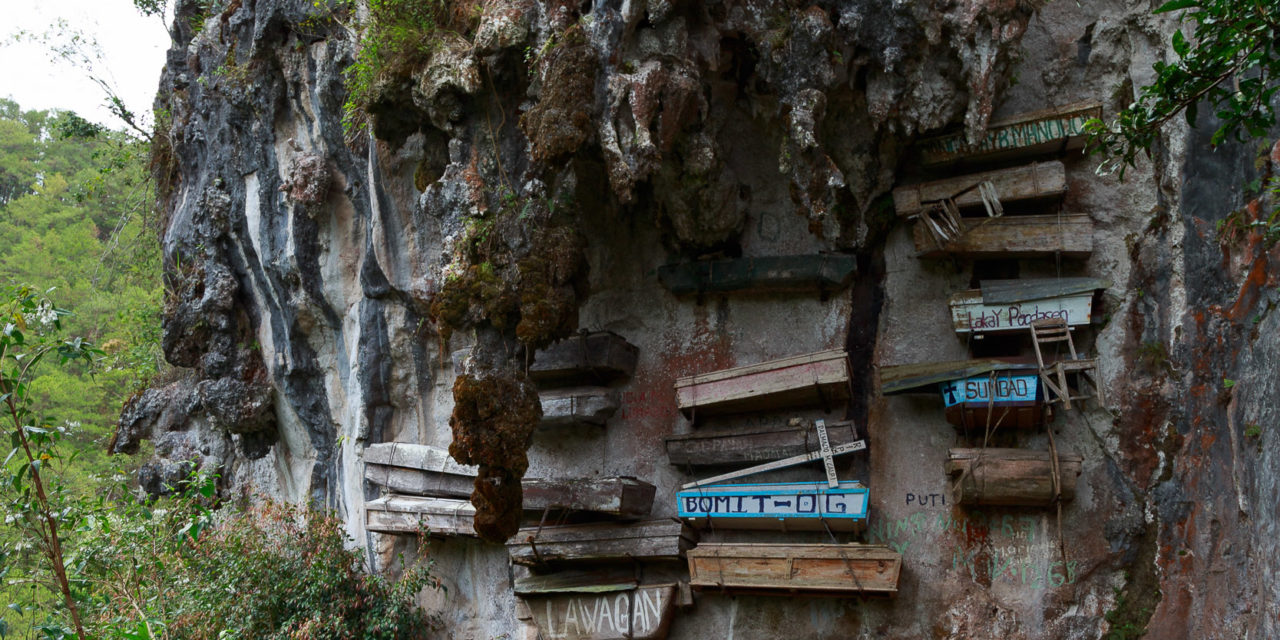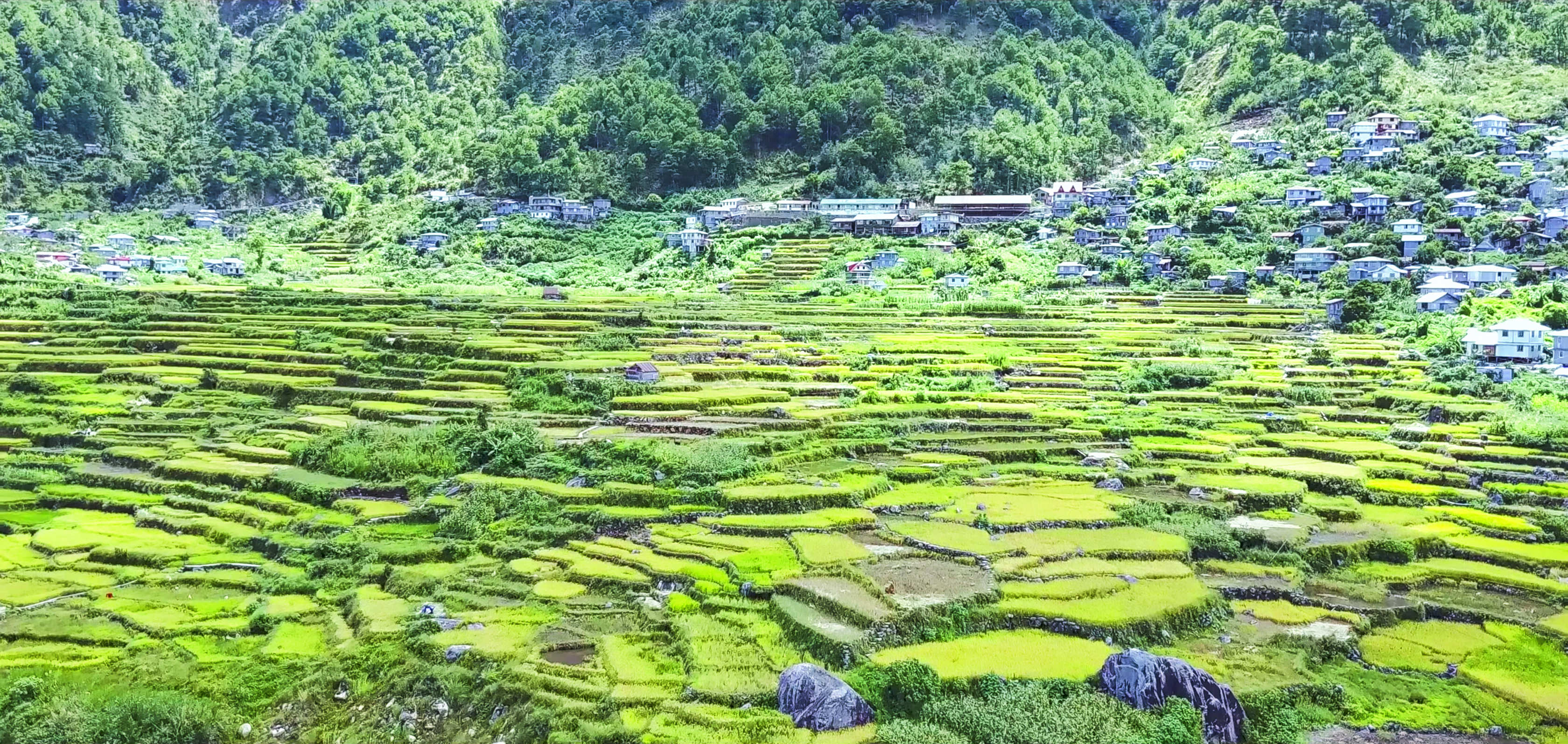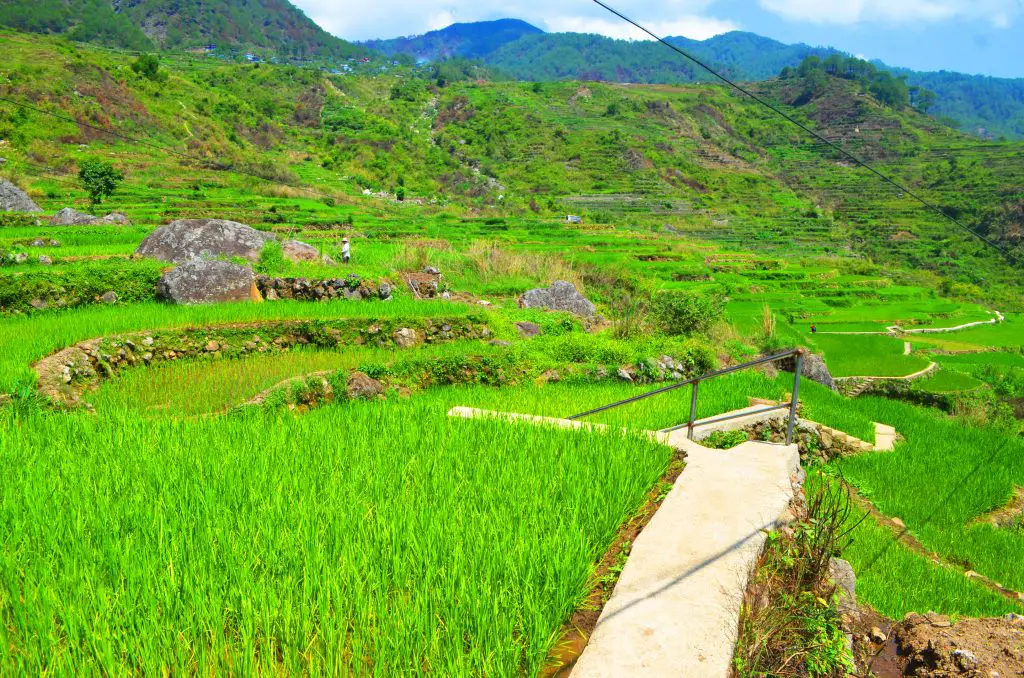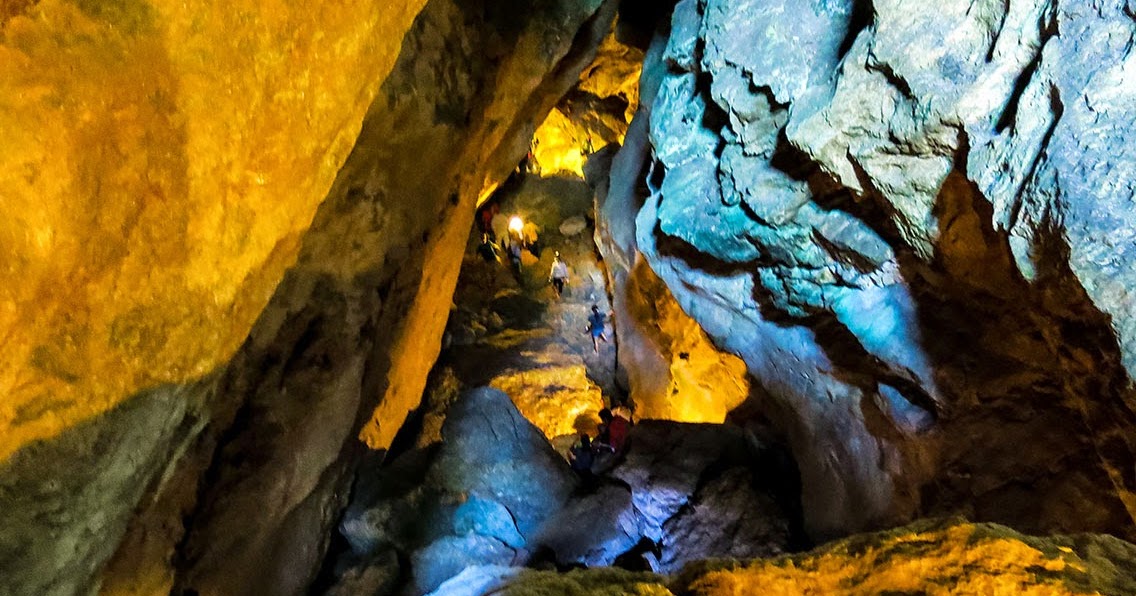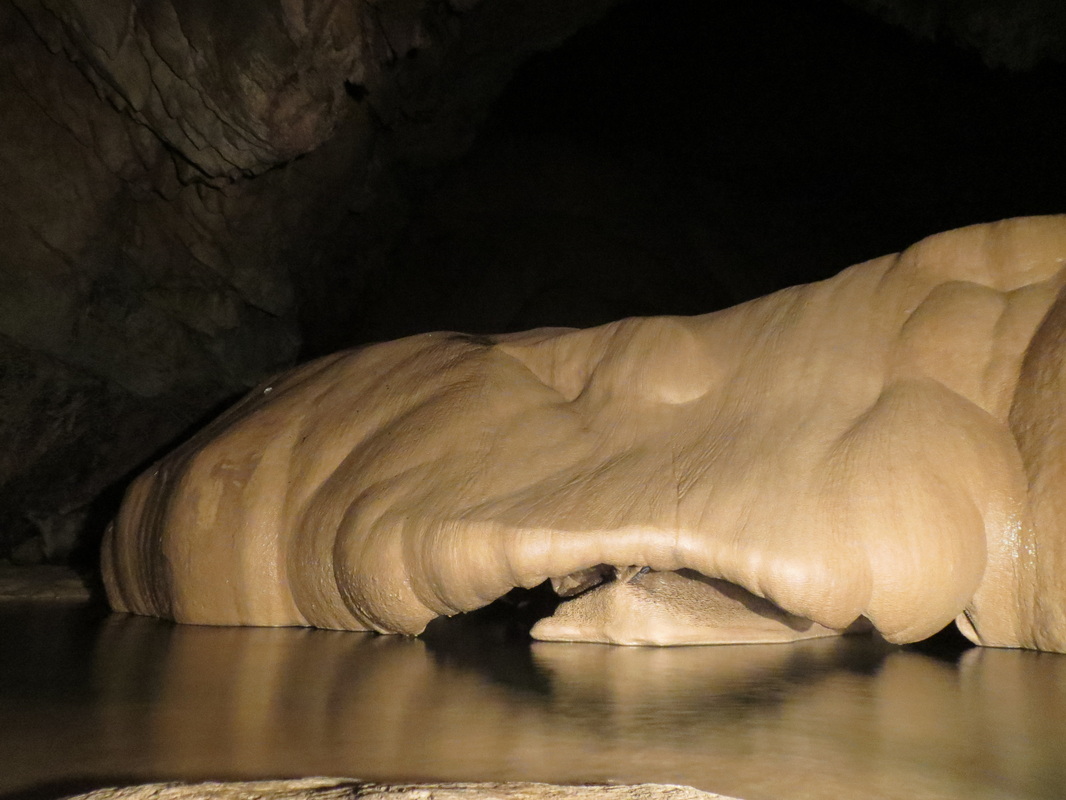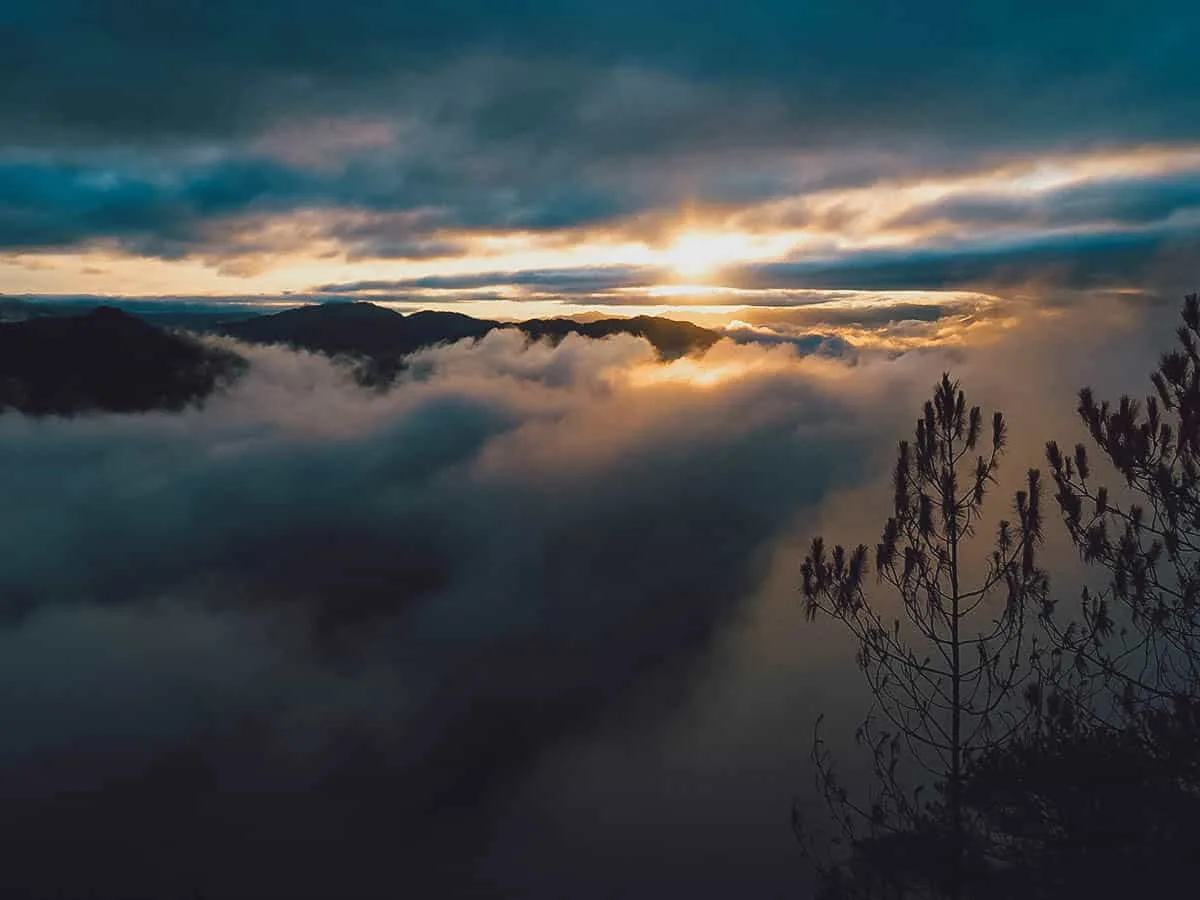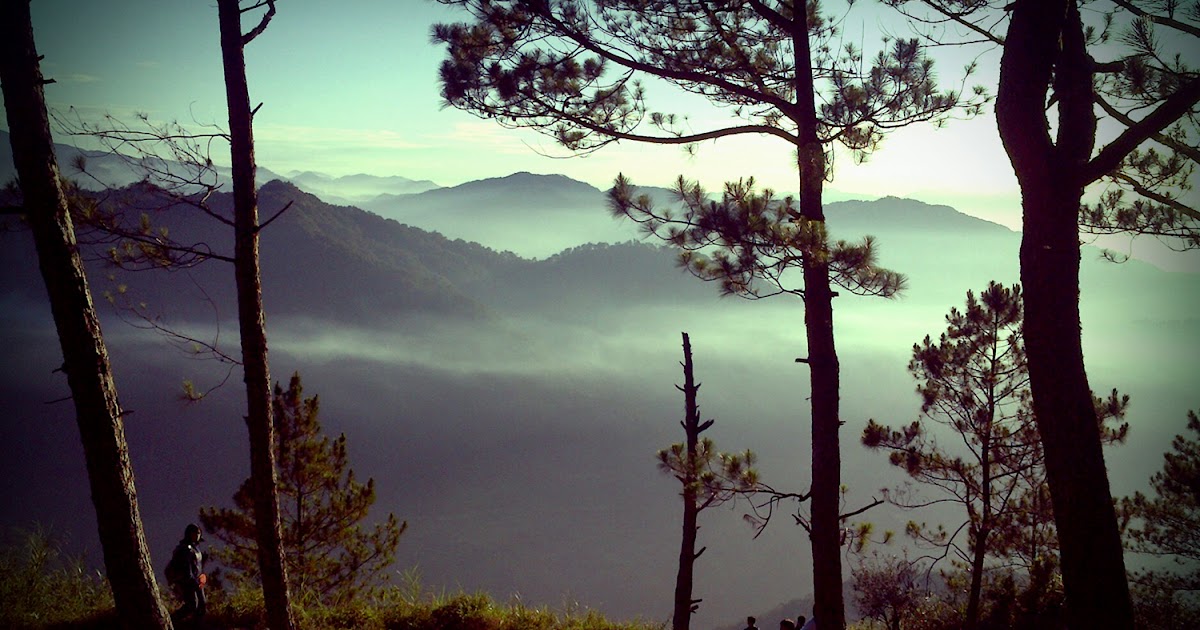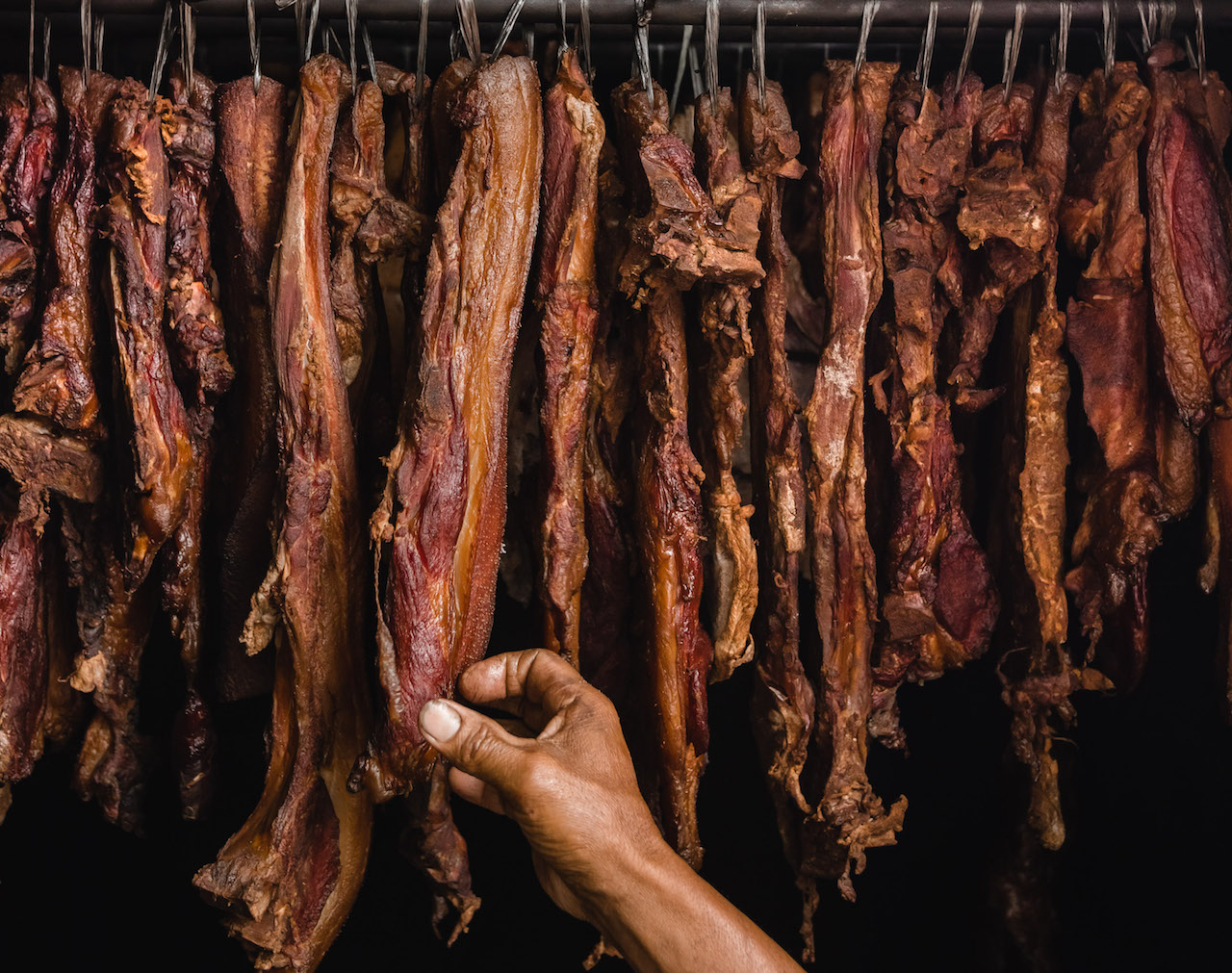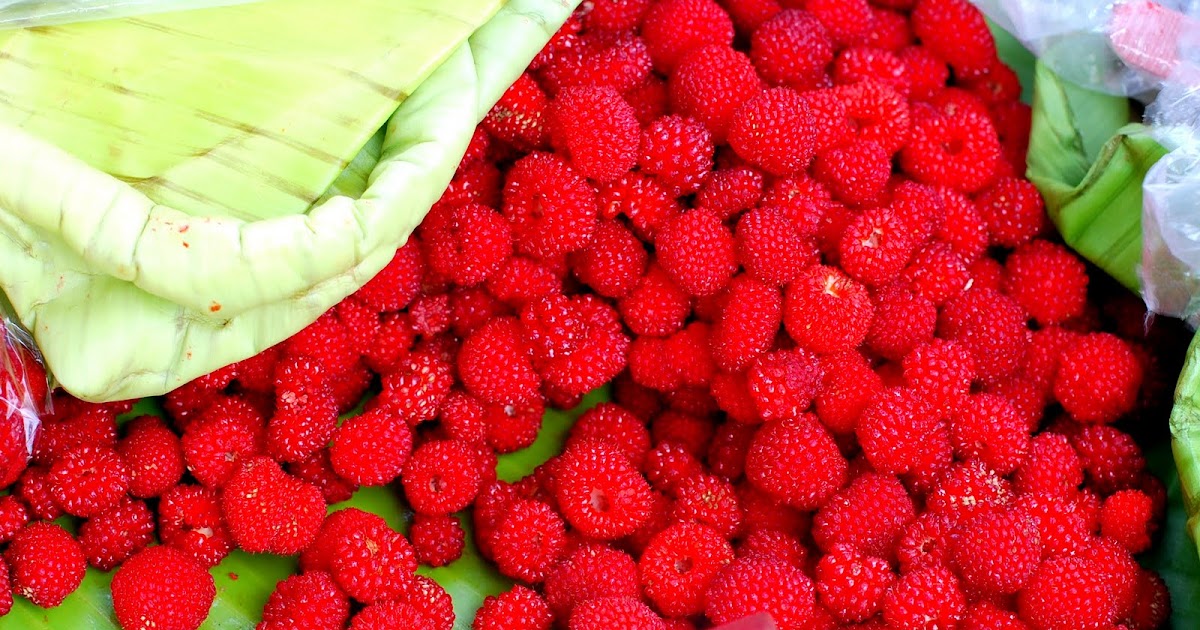Mga Lugar
(Places)
Echo Valley Hanging Coffins
The most popular and most iconic spot in Sagada Mountain Province is the Hanging Coffins at Echo Valley. Igorots in Sagada follow a unique burial ritual. Instead of being buried underground, the coffins are hung either inside the caves or on the face of the cliffs, near the hanging coffins of their ancestors. Igorots believe that the higher the dead were placed, the greater chance of their spirits reaching a higher nature in the afterlife. This tradition has been practiced for over 2,000 years.
To get there, you need to trek for about 15 to 20 minutes from the town proper. And when you shout there, you’ll hear echoes all the way, hence the name.
Sagada Rice Terraces
Banaue and Batad in Ifugao are the most popular sites to see rice terraces in the Philippines but Sagada also has its own share of magnificent landscapes. While the rice terraces in Sagada are smaller, it is still an amazing site. You can find the rice terraces in Sagada in the towns of Suyo, Ankileng, Balugan, Bangaan (on the way to Bomod-ok Falls) and Kiltepan.
Sumaguing Cave
Known as “The Big Cave,” Sumaguing Cave has the largest enclosure of all the 60 caves found underneath Sagada Philippines. Once inside, you’ll discover countless stunning rock formations that are in the shapes of animals, food, and people.
Mt. Kiltepan Viewpoint
At 5,367 feet, Mt. Kiltepan is one of the highest peaks in Sagada Mountain Province, and a great vantage point to watch Sagada’s best sunrise. From the town proper, it will take about a 10-minute drive or 40-minute walk.
Marlboro Hills
If caving isn’t your thing, then maybe a hike to the rolling hills will give you the adventure you want. At the Marlboro Hills, you will get a 360-degree view of the seemingly endless Cordillera mountains and low-lying clouds interspersed with the grassy hills.
You can also watch the sunrise over a sea of clouds in Marlboro Hills, as this is the less crowded option over the more popular Mt. Kiltepan.
Mga Pagkain
(Food)
Pinikpikan
A trip to Sagada won’t be complete without tasting their local dishes. Without a doubt, Pinikpikan is on top of the list. Back when they still used smaller native chicken, it’s called “killing-me-softly chicken” because of the slow — and painful — way of preparing the chicken. But today, the chickens available in the market are more plump and meatier, so there’s no need for the old method.
Pinikpikan is so simple yet comforting. The chicken is cooked with pieces of etag (salt-cured smoked pork, think of it as Sagada’s bacon cubes) with ginger and other local herbs. Locals insist that the simpler the recipe, the better. The warm and hearty soup is perfect for the cold Sagada weather.
Etag
Etag is a delicacy by itself and is great for breakfast. Here we have “etagsilog” (etag with sinangag and itlog) from Saint Joseph’s Restaurant.
Pinit
Thriving in the highlands, “Pinit: (“sampinit” in lowlands) is a red berry that tastes like a cross between strawberry and raspberry. They call it “wild strawberry” (since most people in Sagada are fluent in English) and you can find it along the trails of Marlboro Mountain and Mount Kiltepan.
Trio Formaggi Pizza
Misty Lodge & Cafe is about 10-15 minutes away from the town on foot (five minutes by car), but it’s definitely worth the detour. Now, this isn’t really a native dish, but believe me when I say that this is unlike any three cheese pizza you’ve had before.
We’re not exactly sure what are the three cheeses involved in this piece of pizza heaven, but there’s something sweet, something salty, and something creamy.
Creamy Alfredo
Before famous French chef Chef Aklay retired, he shared his recipes with his staff. Today, Log Cabin Restaurant and Bar is operated by Chef Franz. We weren’t able to try everything on their menu but we highly recommend the creamy alfredo pasta. Get it with “Menu 1” which comes with pieces of breaded pork and Log Cabin’s house salad made of fresh Sagada produce.
Sining
(Art)
Patpatayan
“Patpatayan” by James Capuyan is a segment of a four-sectioned wood panel depicting the spiritual practice of the Kankana-ey tribe gathering at a sacred tree grove to pray for protection and blessings of abundance.
Tinagtago
“Tinagtago” by Dapli Gaongen is carved out of unused logs that would have been left to rot or chopped for firewood. Unrefined yet fashioned in the image of humans, a tinagtago, often in the stoic sitting position is a silent witness of what occurs. It is also a representation of a protective spirit.
Kalinga Tattoo
“Kalinga Tattoo” acrylic painting by James Gabriel Wandag pays homage to the courage and beauty of the Kalinga tribe whose tattooed men and women speak of their dignified status.
The Shrine
The “Shrine” Installation was built out of dumped limestones chipped away from its natural rock formation. The stones regained life with the new plant growth. A mirror inside the hollow space reflects the moonlight while by noon time, the prism on top of the shrine projects a rainbow as it captures the sunlight. Miniature statues of the buddha are sheltered in the shrine. The “Shrine” installation is by Bong Sanchez.
